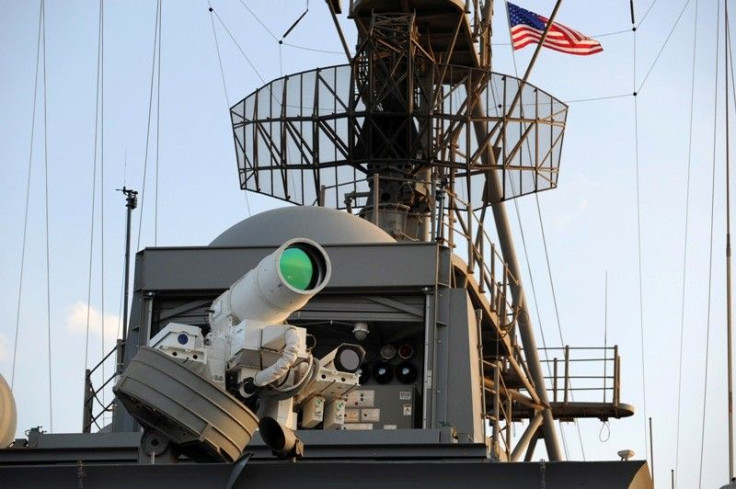UW researchers use laser to refrigerate water for the first time

From weapons to useful tools, lasers have always given off heat since the time they were invented first. Researchers in the past have never been able to use the concentrated beam of light to cool things off until the recent experiment carried out by a research team at the University of Washington (UW).
In a breakthrough study and for the first time in the history of science, UW researchers created a device that uses infrared laser to cool water. The researchers claim to have figured out a way to cool off water and other liquids under real-world conditions.
During the study, the researchers were able to cool water by 36 degrees Fahrenheit.sc To achieve this, the UW team used a common material present in commercial lasers. However, they processed the entire laser phenomenon in reverse.
The researchers used infrared light to illuminate a microscopic crystal suspended in water. The crystal became excited and emitted a glow that has a slightly greater energy than the light absorbed by the particle. The glow with higher energy carried the heat away from the crystal and the water it was surrounded by.
Although the laser refrigeration process was first demonstrated in 1995 in vacuum, it took nearly 20 years for the researchers to explain the same process in liquids. Through the experiment, the researchers also demonstrated that the low-cost hydrothermal process can be used to manufacture laser crystal for laser refrigeration process, production of which is otherwise requires extensive cost and time.
“There’s a lot of interest in how cells divide and how molecules and enzymes function, and it’s never been possible before to refrigerate them to study their properties,” said senior author Peter Pauzauskie, in a press release. “Using laser cooling, it may be possible to prepare slow-motion movies of life in action. And the advantage is that you don’t have to cool the entire cell, which could kill it or change its behaviour.”
The complete details of the study have been published in the journal Proceedings of the National Academy of Sciences.
Contact the writer at feedback@ibtimes.com.au, or let us know what you think below.




















